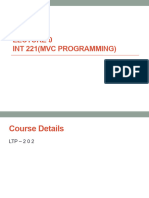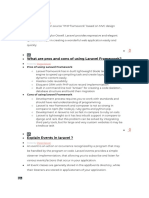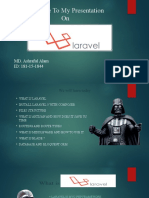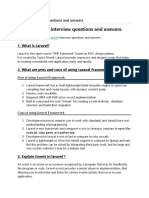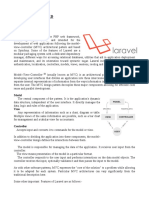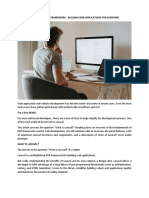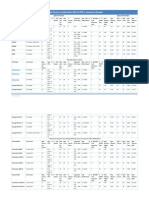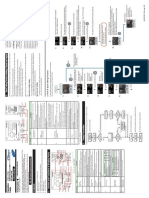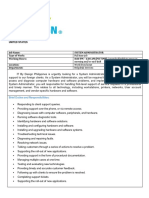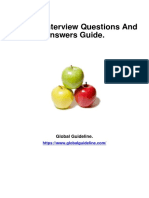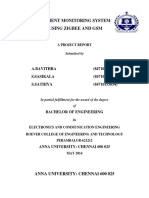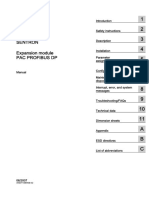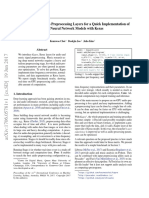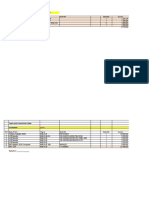0% found this document useful (0 votes)
20 views13 pagesLaravel Framework Intro
Laravel is an open-source MVC PHP framework created by Taylor Otwell in 2011, known for its powerful features that streamline development. Key features include Eloquent ORM, a query builder, restful controllers, and a Blade template engine, among others. Laravel utilizes Composer for dependency management and provides a command-line interface called Artisan for generating files and managing tasks.
Uploaded by
nidhi.korpeCopyright
© © All Rights Reserved
We take content rights seriously. If you suspect this is your content, claim it here.
Available Formats
Download as PPTX, PDF, TXT or read online on Scribd
0% found this document useful (0 votes)
20 views13 pagesLaravel Framework Intro
Laravel is an open-source MVC PHP framework created by Taylor Otwell in 2011, known for its powerful features that streamline development. Key features include Eloquent ORM, a query builder, restful controllers, and a Blade template engine, among others. Laravel utilizes Composer for dependency management and provides a command-line interface called Artisan for generating files and managing tasks.
Uploaded by
nidhi.korpeCopyright
© © All Rights Reserved
We take content rights seriously. If you suspect this is your content, claim it here.
Available Formats
Download as PPTX, PDF, TXT or read online on Scribd
/ 13






